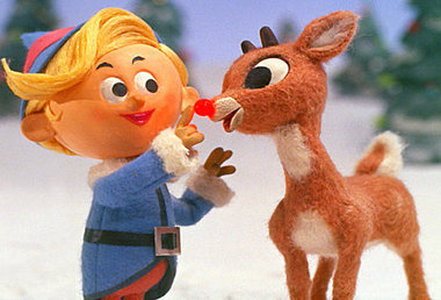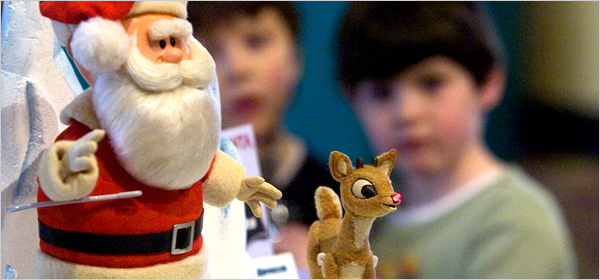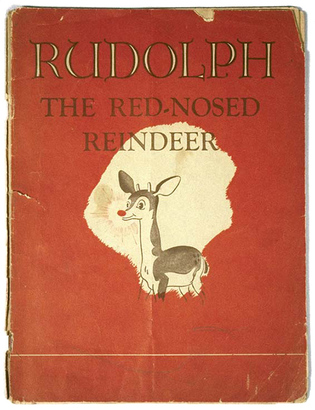Works Cited:
Ashe, Brandie. "Saturday Morning Cartoons: Christmas in July with Max Fleischer's Rudolph - The Black Maria."
The Black Maria. N.p., 19 July 2014. Web. 04 Dec. 2014.
"Rudolph the Red-Nosed Reindeer." Archive of American Television. N.p., n.d. Web. 04 Dec. 2014.
Rudolph the Red-Nosed Reindeer. Dir. Larry Roemer. Perf. Burl Ives, Billie Mae Richards, Paul Soles.
Rankin/Bass Productions, 1964. Videocassette.
Rudolph the Red-nosed Reindeer. Dir. Max Fleischer. Perf. Paul Wing. Jam Handy Organization, 1944. DVD.
"Rudolph, the Red-Nosed Reindeer." IMDb. IMDb.com, n.d. Web. 04 Dec. 2014.
Sadeq, Jessica. "Smithsonian Snapshot: Rudolph the Red-Nosed Reindeer." Smithsonian.
Smithsonian, n.d. Web. 04 Dec. 2014.





 RSS Feed
RSS Feed
